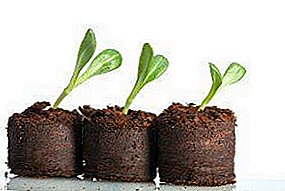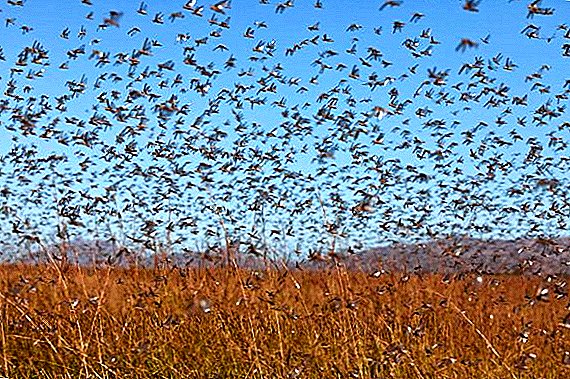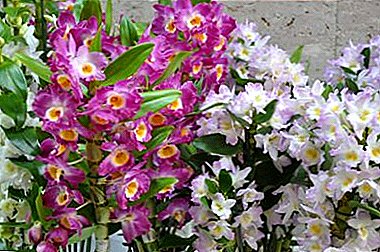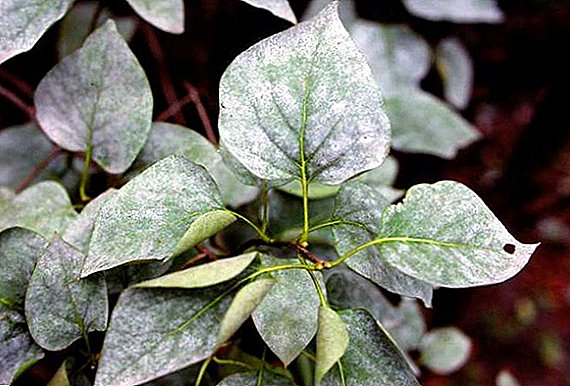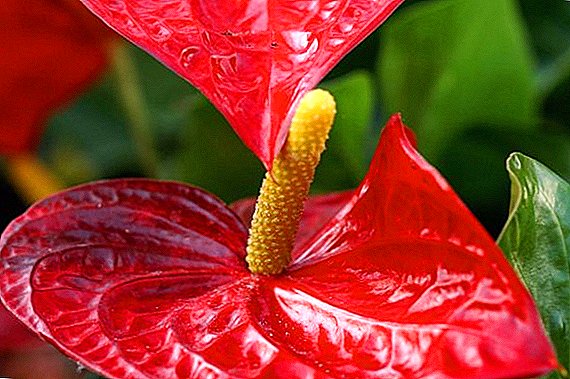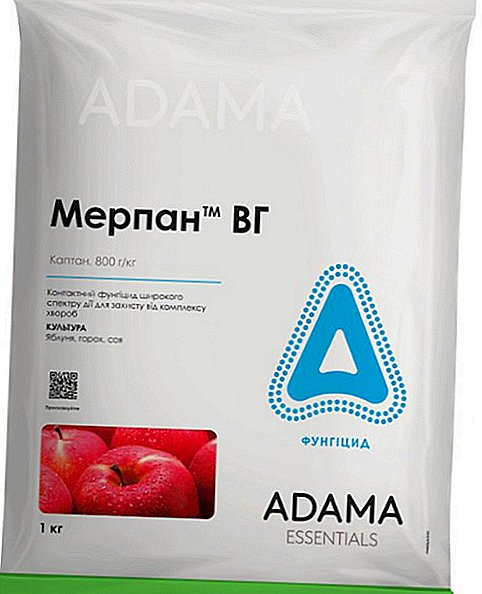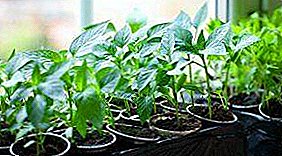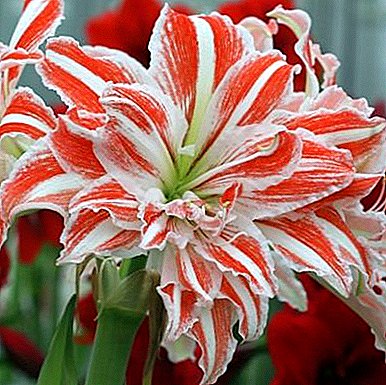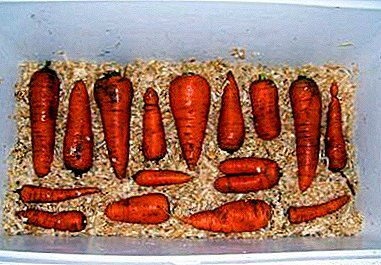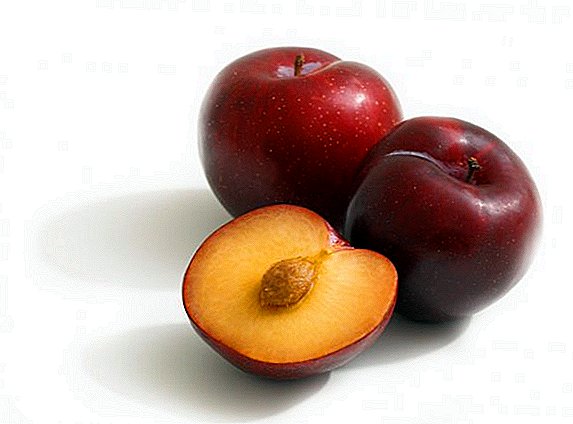 Plum Hungarian became a favorite among gardeners. The varieties resemble each other in the dark purple color of fruits, in a smoky touch, and the plums of the Hungarian resemble an egg in shape. Only from plums of Hungarian varieties do prunes, as they contain a lot of pectin, sugar and dry substances. Plums are used in cooking and eaten fresh. This article is a list of the most popular Hungarian varieties.
Plum Hungarian became a favorite among gardeners. The varieties resemble each other in the dark purple color of fruits, in a smoky touch, and the plums of the Hungarian resemble an egg in shape. Only from plums of Hungarian varieties do prunes, as they contain a lot of pectin, sugar and dry substances. Plums are used in cooking and eaten fresh. This article is a list of the most popular Hungarian varieties.
Home (Ordinary)
Plum Hungarian late-ripe varieties Domashny is a thermophilic plant. 
The tree grows very quickly, reaching eight meters in height. The variety produces the first fruits in seven years and, if properly cared for, in the 20th year of life it gives up to 150 kg per tree per season.
Since the variety is late-ripening, the fruits appear late in the tree. Weight - up to 20 g. Fruits are covered with black skin with a purple tinge. It tastes juicy and sour-sweet.
Despite the fact that the variety is self-fertile, many gardeners are planted next to the tree varieties Italian, Renklod and others to increase the yield.
The fruit tree of this variety has a high level of yield and disease resistance. The fruits are used most often in home canning.
The variety has the only drawback - in rainy weather the fruits are cracking.
Did you know? Homeland plum is Asia.
Azhanskaya
The Hungarian plum variety called Azhanskaya has the following characteristics:
- The variety is self-fertile.
- Fruits in the fifth year of life.
- Well transported.

And now more about the variety. Its origin is considered to be Western European. The tree grows low, and the shape of the crown - rounded and wide. The leaves are oval and dark green. The shape resembles a boat.
The variety is not winter hardy, so it is grown in milder climates.
Fruits ripen closer to the end of summer and do not crumble from the branches.
The only pest is the almond seed eater. In rainy time, fruits crack and may be subject to fungal diseases.
Up to 70 kg of plum can be harvested from a single tree when it reaches 12 years old.
The fruits are egg-shaped red-purple. The average plum weight is 21 g. The peel of the fruit is thin and dense. The taste is sweet-sour.
The fruits of this variety can be stored, dried, preserved and eaten fresh.
Did you know? Plums should not be used by people suffering from diabetes or obesity, as the fruit has a high calorie content.
Belorussian
Plum Hungarian Belarusian has a crown in the shape of a wide ellipse, and the height of the tree reaches four meters. 
You will receive the fruits already four years after landing on a permanent place.
The tree is resistant to asteriasis and winter-hardy. The variety is self-fertile, however, it can be planted next to it to increase the yield of the Victoria, Bleufry and Kroman varieties.
Stably you can get a crop of about 35 kg from an adult tree. The fruits are large and weigh up to 40 g. They ripen at the end of summer. Plums are almost the same in size and have a bright blue color. The taste is sweet and juicy, with a touch of sourness.
Plum of the Hungarian variety Belarusskaya can be stored for a long time in dried or canned form, as well as transported.
Wangenheim
The variety of Wangenheim is the most frost-resistant variety of all Hungarians. 
The tree is mid-season and grows quickly. By the six years of life gives up to 20 kg per tree. Having already reached ten years, the variety produces up to 70 kg of plums per season.
Fruits weigh up to 30 g and are covered with a thick blue skin. The taste of plums is sweet and juicy.
Fruits of this grade are suitable for drying, preservation and for the fresh use.
Fruits are not showered from the tree. You can store them as follows: branches with fruits should be placed in a box with dried sand. Within two months they will have the same look and taste.
Did you know? Plum has antipyretic properties.
Voronezh
Plum Hungarian varieties Voronezh has a moderate winter hardiness. 
The tree is medium thick and has paniculate crown. Fruits are one-dimensional and large, brown-blue color. The flesh is thick and crunchy, with a sweet aroma. The taste of the pulp is sweet and juicy. Fruits contain solids (20%), sugar (10%), acids (2%). Fruits resemble the taste of southern prunes. Ripening plum in early September.
Can be used for making jam, juice, compotes and for preservation.
The variety is pollinated exclusively by home plum varieties, since it is self-productive. The first harvest can be obtained in the sixth year after planting. From one tree remove up to 45 kg of plum per season.
The only downside is the variety - this late maturation. In late August, the plum does not always have time to ripen, but it can safely be left to ripen in maturation.
Donetsk
The next variety of plums is Hungarian - Donetsk. The variety was bred in the Donetsk branch of the Institute of Horticulture UAAS (Ukrainian Academy of Agrarian Sciences). 
Ripens faster than anyone. You can get a harvest in early August, six years after planting.
The tree grows up to five meters. His crown is not thick, but sprawling. The variety is considered to be self-fertile, but if there are varieties such as Altana or Italian, the yield increases.
The fruit weighs up to 30 g. The color of the plum is dark purple with a thick layer of plaque. The flesh is olive. During the season you can get up to 35 kg of plums from one tree.
The taste is sweet and juicy. Fruits are suitable for making compote and making prunes. They can be stored for up to three weeks at room temperature.
Did you know? A traditional English dish is considered plum pudding.
Italian
Plum varieties Italian is considered mid-season. The tree is low, reaching only five meters in height. The crown is wide, up to seven meters in volume. The first harvest gives six years after planting. You can get up to 60 kg from a single tree. It weighs up to 35 g. The fruit has a dark purple color. The flesh is quite sweet and juicy, orange-yellow color. 
The tree is very demanding on soil moisture and air.
The variety is self-fertile, but the yield can increase the pollination of varieties Azhanskaya, Home and others.
From plums can be done prunes, which will be quite meaty and sweet. However, the variety is not winter hardy.
Korneevskaya
Plum Hungarian Korneevskaya is not so difficult to learn from the description. The tree of this variety grows to six meters and has a pyramidal crown. Its lower branches lean down. 
The first harvest can be obtained five years after planting in late August. The variety is self-fertile and does not need pollinators. Hungarian Korneevskaya tolerates drought, cold and does not lose the fruit yield.
Fruits by weight reach 40 g. Color - dark lilac. Pulp - amber color, quite tasty and juicy.
Fruits can be stored, boiled compotes and jelly, make jam and canned.
Michurinskaya
The plum variety Hungarian Michurinskaya is considered mid-season. Fruits weigh up to 30 g. They have a blue-violet color and dense raid. The flesh is green-yellow, dense and juicy. When harvesting, you can not rush, as the fruit will stay on the tree for up to 30 days. 
The only drawback is the crown formation feature.
Moscow
Plum Hungarian variety Moscow has another name - Tsaritsyn. 
The variety is considered late ripening and grows to three meters in height. The tree produces a crop eight years after planting. On average, you can harvest from one tree up to 40 kg of plums in one season.
Fruits weigh up to 30 g, have a rough dark red skin. They have a thick coating.
Pulp amber color, juicy, albeit coarse. The taste is sweet and juicy, with sourness.
Resistant to frosts, weather changes and diseases. The tree is self-pollinated.
Plum is suitable for making jams, pastila, jam and preservation.
Oposhnyanskaya
Variety plums Hungarian Oposhnyanskaya was obtained in Ukraine. The fruit tree is considered late ripening. The height reaches four meters. The first harvest gives the fifth year after disembarkation. 
Fruits weigh up to 35 g. Peel dark purple with a matte touch of light blue color. Inside the pulp is brown-yellow and friable. The taste of the plum is sweet and juicy.
The variety is suitable for preservation and drying. Oposhnyanskaya is well transported and sustainably tolerates frost.
Pulkovo
The plum tree of the Pulkovskaya variety grows up to five meters in height and has a broad crown. 
Fruits weigh up to 25 g and have a dark red color with a waxy coating. The flesh is yellowish. Juicy and sweet-sour. Fruits contain solids (15%), sugar (10%), acids (2%), and ascorbic acid (15.3 mg / 100 g).
From the fruits of this variety, you can cook jam, compotes, jellies.
The first fruits ripen in September. The first crop is harvested in the fifth year after planting. In a season it is possible to receive up to 25 kg of plum from a tree.
The variety is considered to be self-fertile and has an average winter hardiness.
The only drawback of the Pulkovskaya plum is the low quality of the fruit.
Did you know? Due to the high content of oxalic acid, the plum cannot be consumed by people suffering from urolithiasis.
In this list, you can choose the variety you like and plant in your garden.


